Have you ever wondered why the fries at your favorite restaurant always seem to taste so much better than the ones you make at home? Even when you use the same brand of frozen fries, something just feels different.
The truth is, restaurants have some clever tricks up their sleeves that make their fries irresistibly delicious. Understanding these secrets can help you appreciate why that crispy, golden perfection is so hard to replicate in your own kitchen.
1. Double Frying Creates the Perfect Texture
Most home cooks fry their potatoes just once, but restaurants know better. Professional kitchens use a two-step frying process that creates the perfect combination of crispy outside and fluffy inside.
First, they fry the potatoes at a lower temperature around 325°F to cook them through without browning. After cooling, they fry them again at 375°F to create that golden, crunchy exterior.
This double-frying method removes more moisture and creates tiny air pockets that make each bite incredibly light and crispy. The result is fries that stay crunchy longer and have that restaurant-quality texture you can’t get from a single fry.
2. Special Oil Blends Make All the Difference
While you might grab whatever cooking oil is on sale, restaurants carefully choose their frying oils for maximum flavor. Many use beef tallow or a blend of oils that includes animal fats, which adds a rich, savory taste.
Some chains use specific oil blends with natural beef flavoring or other additives that enhance the taste. These oils also have higher smoke points, meaning they can handle the high temperatures needed for perfect frying without breaking down.
The oil temperature stays consistent throughout the day because restaurants filter and maintain their oil properly. Fresh, high-quality oil at the right temperature creates better-tasting fries with less greasiness and more flavor.
3. Perfect Salt Timing and Technique
Timing is everything when it comes to salting fries, and restaurants have this down to a science. They salt their fries immediately after pulling them from the oil, while they’re still hot and slightly wet from the frying process.
Hot fries grab onto salt much better than cool ones, and the residual oil helps the salt stick evenly. Restaurant workers also use specific techniques, like shaking the fries in a basket or tossing them to distribute salt uniformly.
Many restaurants use finer salt or special seasoning blends that dissolve slightly into the fry’s surface. This creates a more even flavor distribution rather than just salty spots, making every single bite taste perfectly seasoned throughout.
4. Fresh Potatoes Cut Daily
Quality restaurants cut their potatoes fresh every day rather than using frozen ones. Fresh potatoes have more moisture and natural sugars, which create better browning and flavor development during frying.
Restaurant workers often soak cut potatoes in cold water to remove excess starch, then dry them thoroughly before frying. This extra step prevents the fries from sticking together and helps them achieve that perfect golden color.
Fresh potatoes also have different textures depending on the variety used. Many restaurants choose specific potato types like Russets for their high starch content, which creates fluffier interiors. The freshness factor simply can’t be matched by frozen fries that have been sitting in your freezer for months.
5. Professional Equipment Maintains Consistent Heat
Restaurant deep fryers are powerful machines that maintain steady temperatures even when cooking large batches. Home fryers and pans often lose heat when you add food, resulting in soggy, unevenly cooked fries.
Commercial fryers can quickly recover their temperature and have better oil circulation systems. This means every fry gets cooked at the exact same temperature for the same amount of time, creating consistent results.
Professional equipment also filters the oil continuously, removing food particles that could burn and create off-flavors. The constant filtration keeps the oil cleaner longer, which directly impacts the taste of everything cooked in it. This level of temperature control and oil maintenance is nearly impossible to achieve in home kitchens.
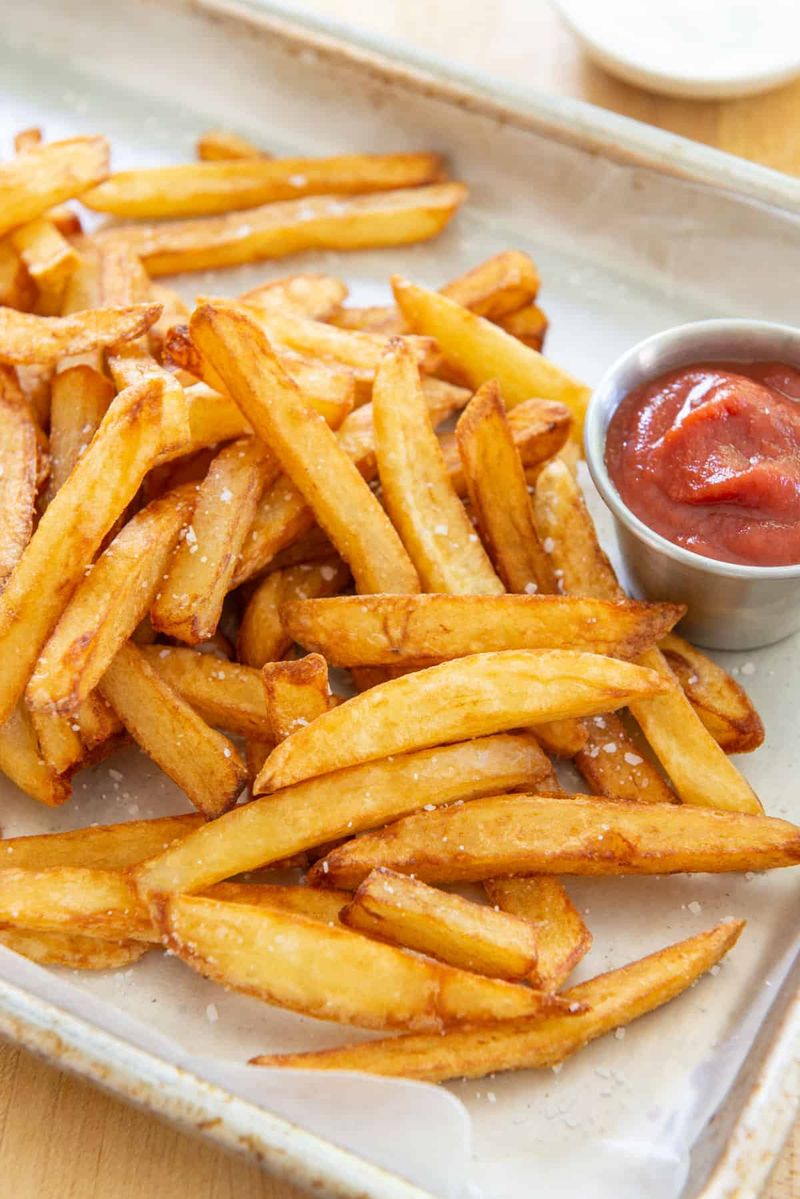
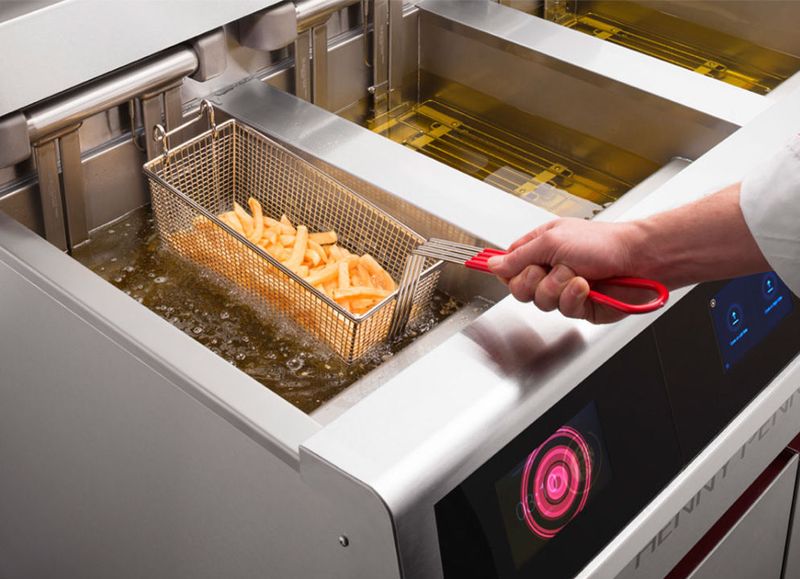
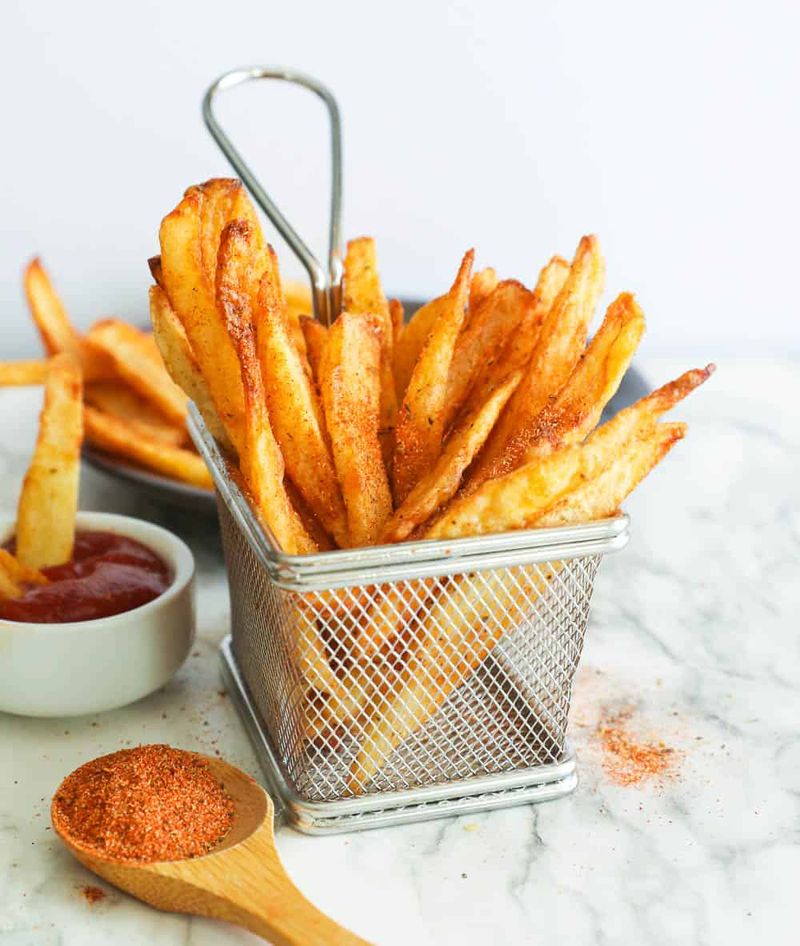
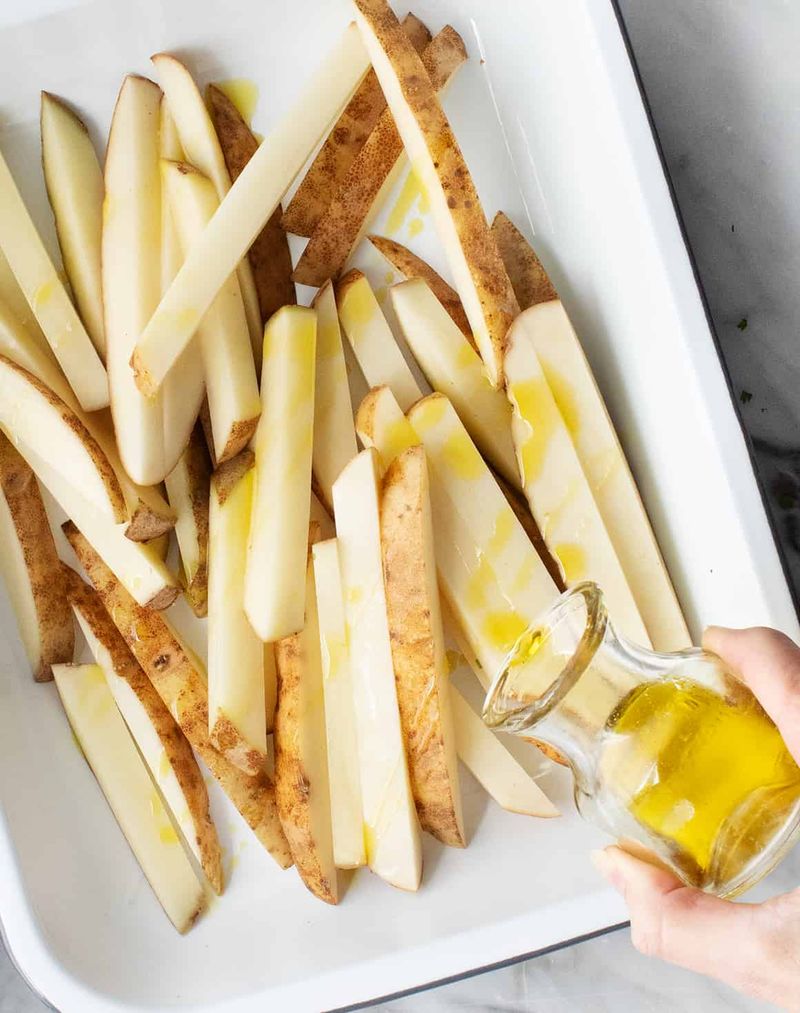
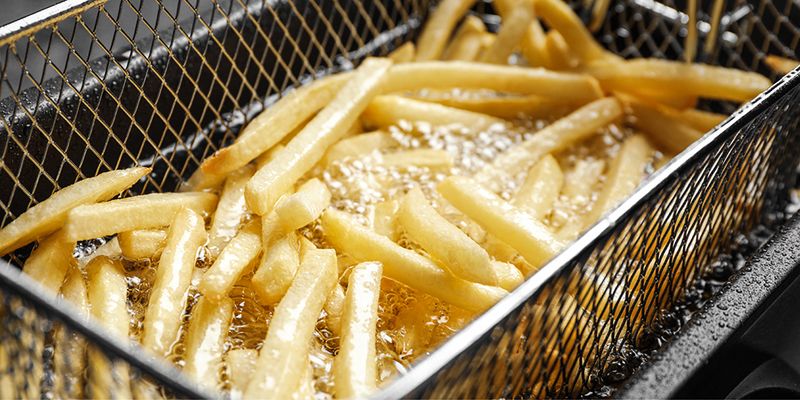
Leave a comment